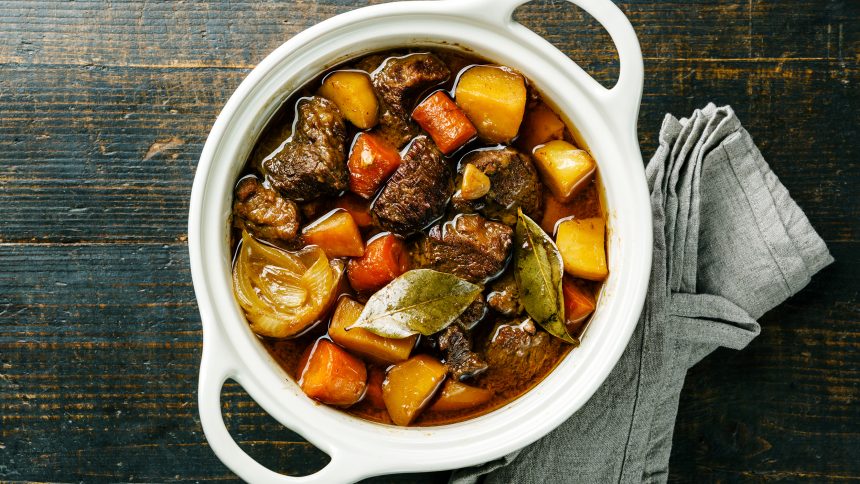By Tim Hazell
Trompe l’oeil (deceiving the eye) and anamorphosis involve projecting images in ways that challenge our perception. Illusion has formed the basis for scientific and artistic investigation since the Renaissance. Leonardo da Vinci’s experiments with anamorphosis transcended limits of mechanical perspective and conventional assumptions of geometry. The groundwork was laid for the birth of contemporary rationalism, as visual trickery in all its forms became a cultural obsession.
French Surrealist Rene Magritte’s canvas “The Red Model III” is an unsettling fusion of leather boots and human toes. As for concealment and metamorphosis in verse, “Fern Hill” by poet Dylan Thomas transforms his beloved Wales with juxtaposed imagery. Here is an excerpt:
Now as I was young and easy under the apple boughs
About the lilting house and happy as the grass was green,
The night above the dingle starry,
Time let me hail and climb
Golden in the hey-days of his eyes
Labyrinths and mazes are cousins, although somewhat different. Labyrinths have a well-defined entrance and exit. Mazes represent an analogical puzzle to be resolved. Their intricate networks of winding walkways contain multiple possibilities for escape, some leading to blind alleys.
Herodotus visited the Egyptian Labyrinth in the fifth century B.C. and had this comment:
“I found it greater than words could tell, for although the temple at Ephesus and that at Samos are celebrated works, yet all the works and buildings of the Greeks put together would certainly be inferior to this labyrinth as regards labor and expense.”
Greek or Hellenistic culture permeated the classical world. The Romans appropriated all things Greek, including their cooks, carvers, and servers. This authentic stew of tender lamb with herbs and wine can also be prepared with chicken, beef, or pork and conjures up delights of the Roman countryside! For a modern variation, add carrots, potatoes, or vegetables of choice.
Haedem Sive Agnnamex Caldatum
(Roman Lamb Stew)
Ingredients:
3 lbs. lamb (substitute: skinless chicken drumsticks and/or thighs, or pork loin)
1 large onion, finely sliced
1 tbsp. ground coriander
1 tsp. ground black pepper
1/2 tsp. ground cumin
2 tbsp. chopped celery stems and leaves
1 cup dry white wine
3 tbsp. olive oil
1 tsp. salt
2 tsp. cornstarch
Directions:
If using lamb or pork, trim off surplus fat and cut into bite-sized pieces. Place the meat and onion slices into a saucepan, add coriander, pepper, cumin, celery stems and leaves. Pour in the white wine, add the olive oil and salt. Bring gently to a boil, then cover and simmer for 1 1/2 hours or until meat is tender. Lift out the lamb, pork, or chicken and keep warm. Strain the gravy into a saucepan, reserving the celery and onion slices retained in the strainer. Blend cornstarch and a little cold water. Add a small amount of the gravy, mix well, and pour back into the saucepan with the rest of the gravy. Bring to a boil, stirring until the mixture thickens. Add the reserved celery and onion slices from the strainer. Reheat, pour over the meat, top with a little chopped coriander and serve.

